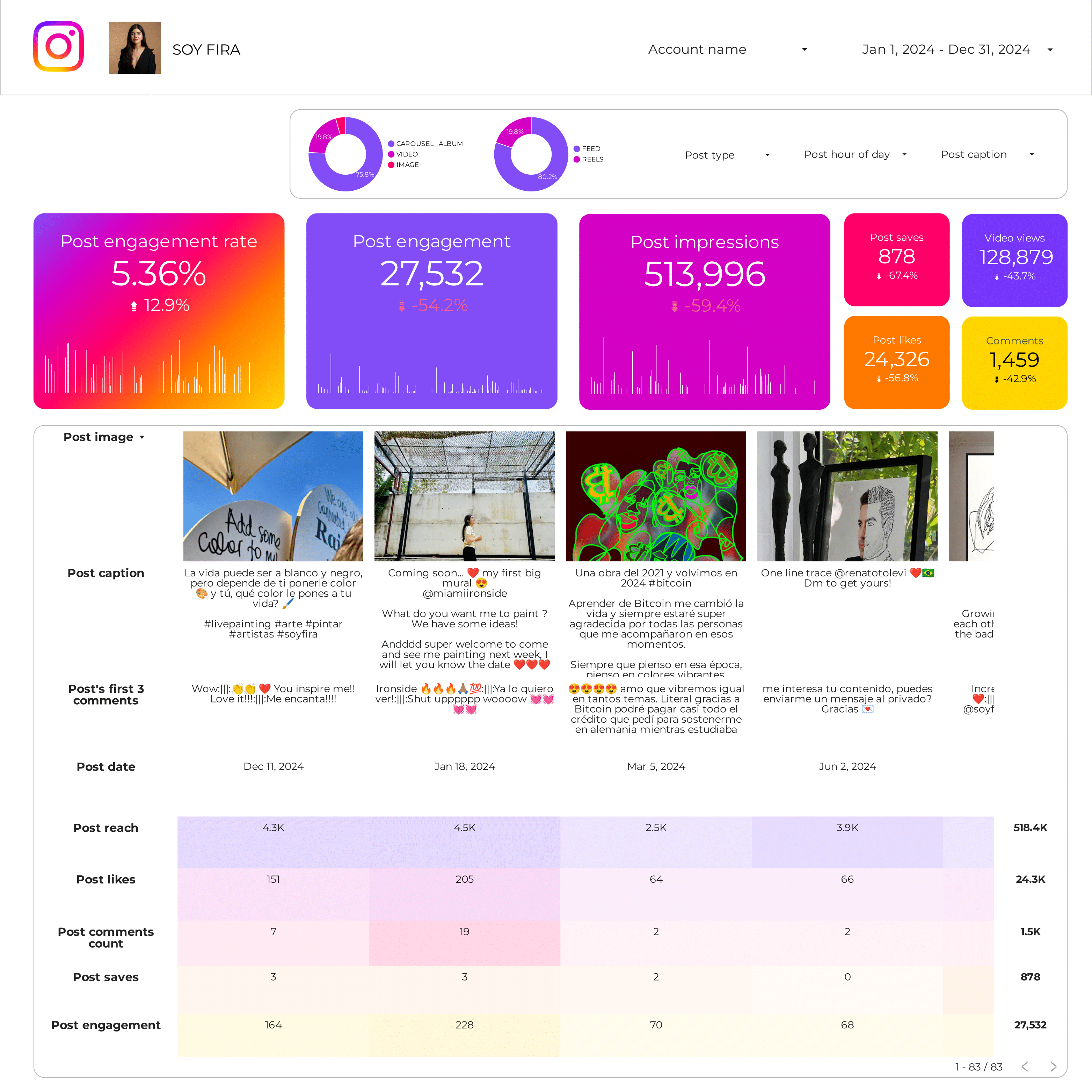
ROAS Report template for Marketing teams and agencies
Track PPC performance with this PPC ROAS report template. Measure CTR, CPA, and conversion rates. Analyze ad placement, audience, and creative formats. Integrate data from Facebook Ads and Paid Media. Segment by time and demographics for actionable insights. Ideal for marketing teams aiming to optimize their strategy and achieve specific goals.
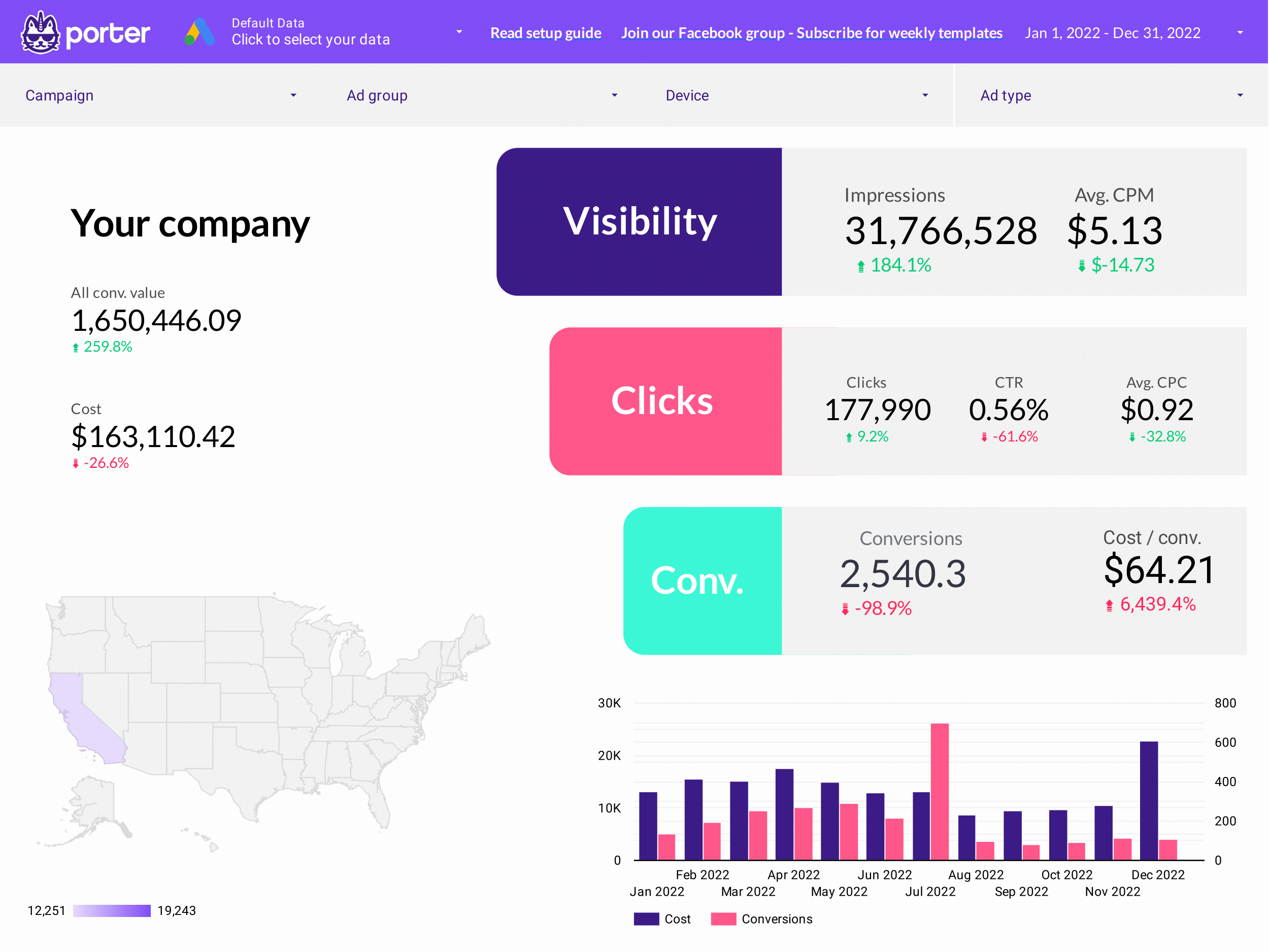
Google Ads Report template for Marketing teams and agencies
Optimize your PPC strategy with this Google Ads report template. Track key metrics like conversion rate, ROI, and CTR. Analyze performance by campaign type, goal, and status. Segment data by age, gender, and location. Ideal for marketing teams to measure and refine paid media campaigns effectively.
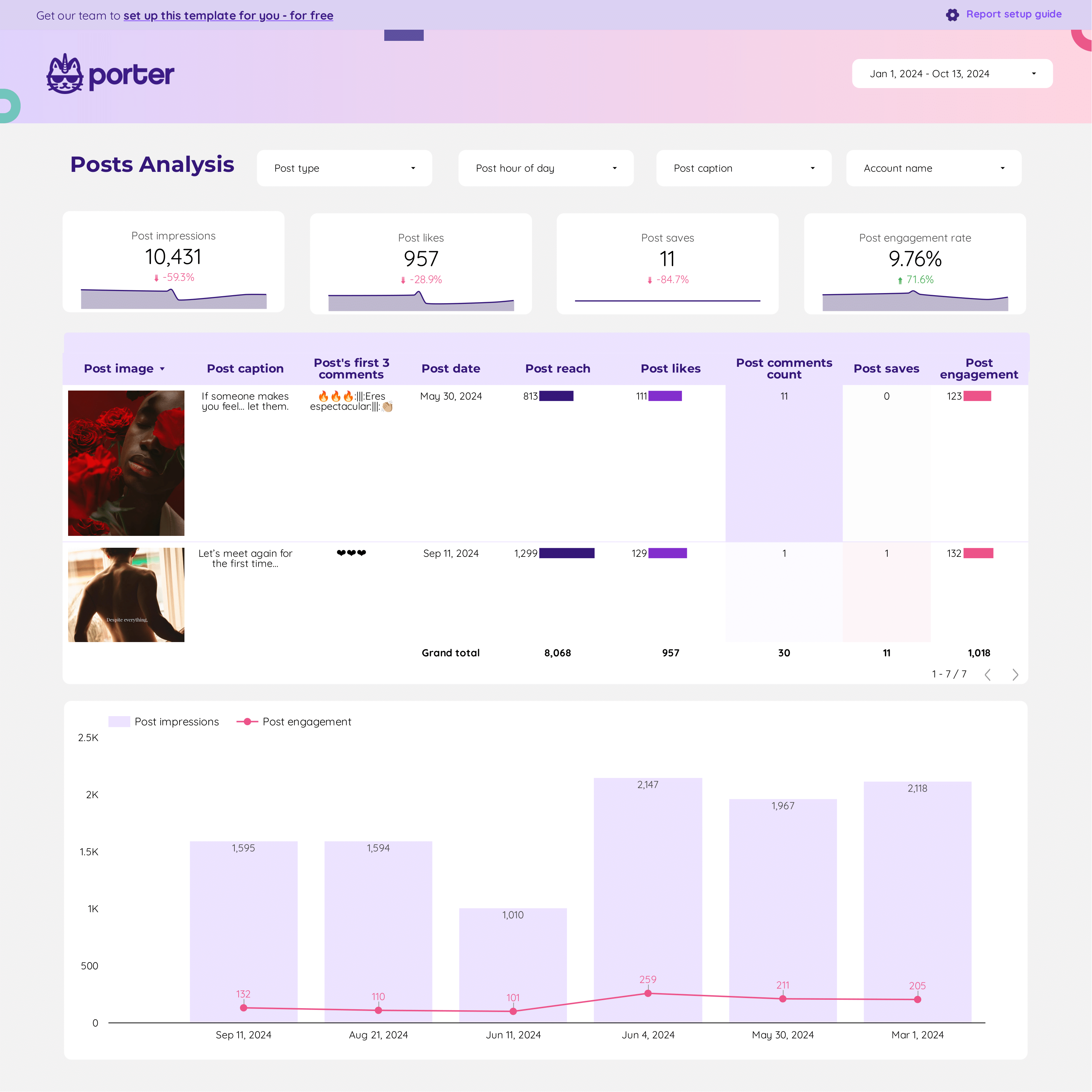
Instagram Insights KPIs Report template for Marketing teams and agencies
Track key metrics with the Instagram Insights KPIs report template. Analyze website clicks, profile visits, and engagement. Segment by campaign, location, and time. Perfect for social media marketers to consolidate data from Instagram Insights, optimizing strategy. Monitor performance across demographics and objectives for actionable insights.
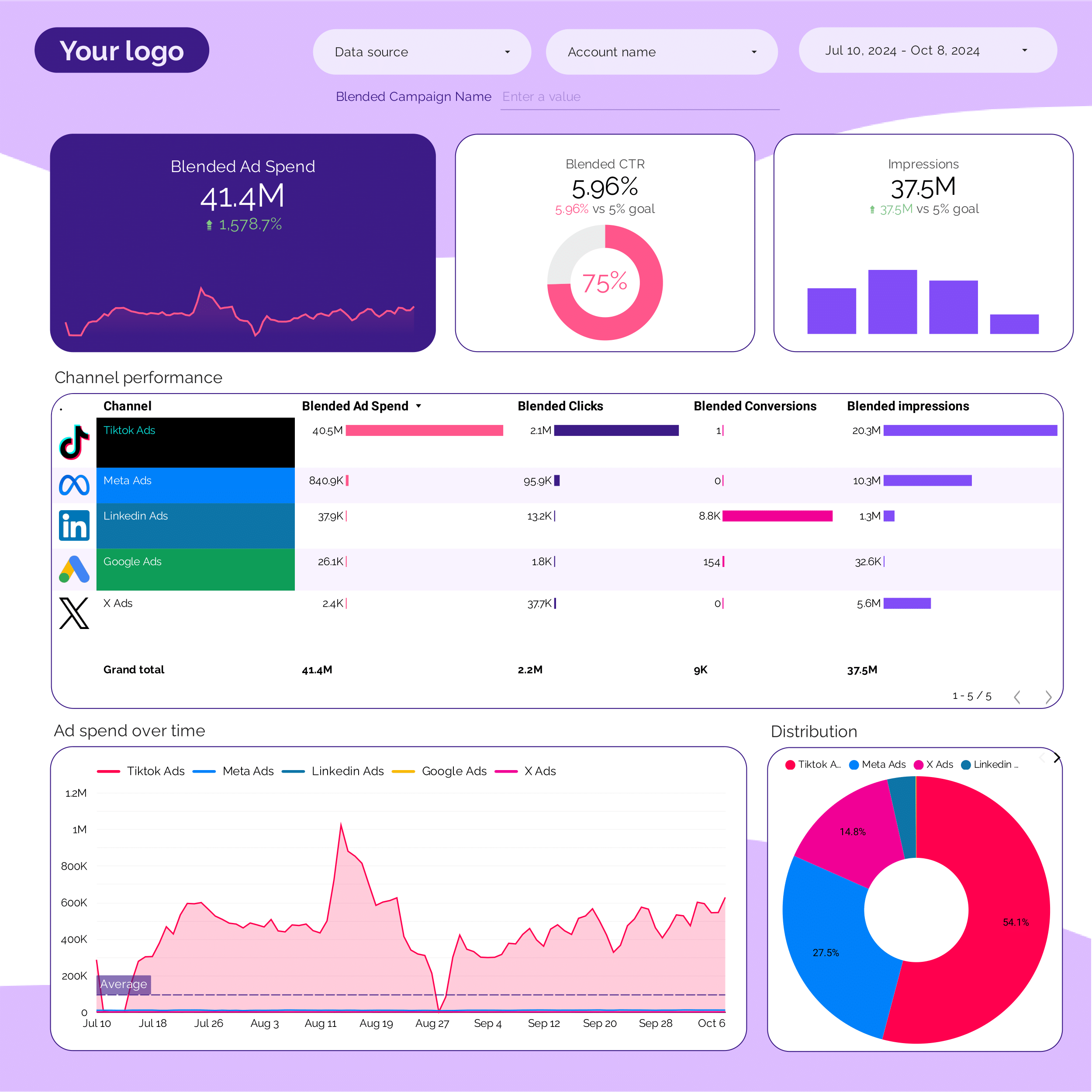
PPC multi-channel Report template for Marketing teams and agencies
Get the actual PPC multi-channel on Looker Studio template used by Porter to monitor PPC performance.
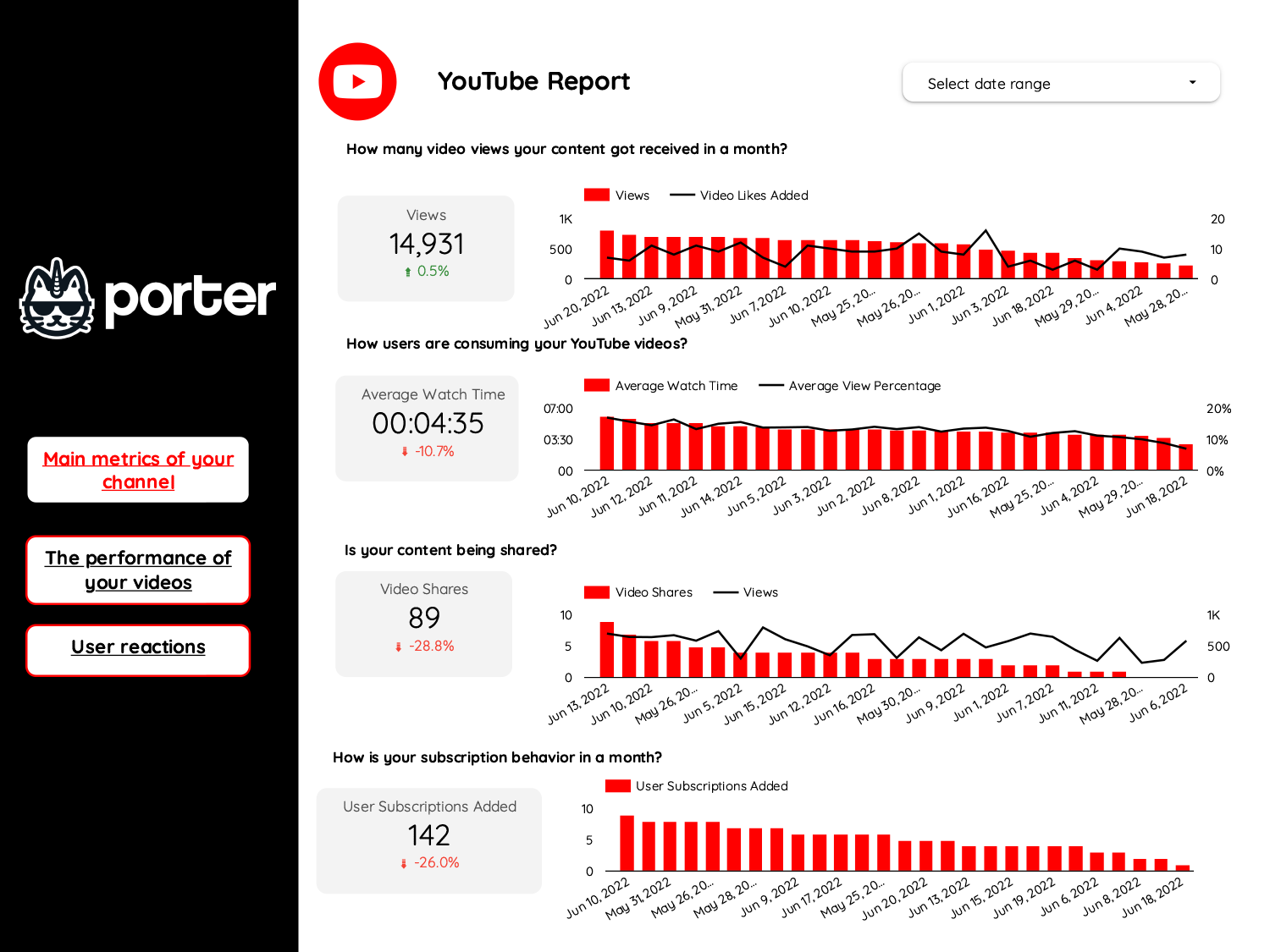
Youtube Report template for Marketing teams and agencies
Optimize your social media strategy with this Youtube report template. Track CTR, conversion rate, CPA, likes, comments, shares, views, watch time, and subscribers. Analyze by audience, age, gender, interests, and time. Perfect for marketing teams seeking actionable insights to enhance performance across advertising platforms and align with SEO objectives.
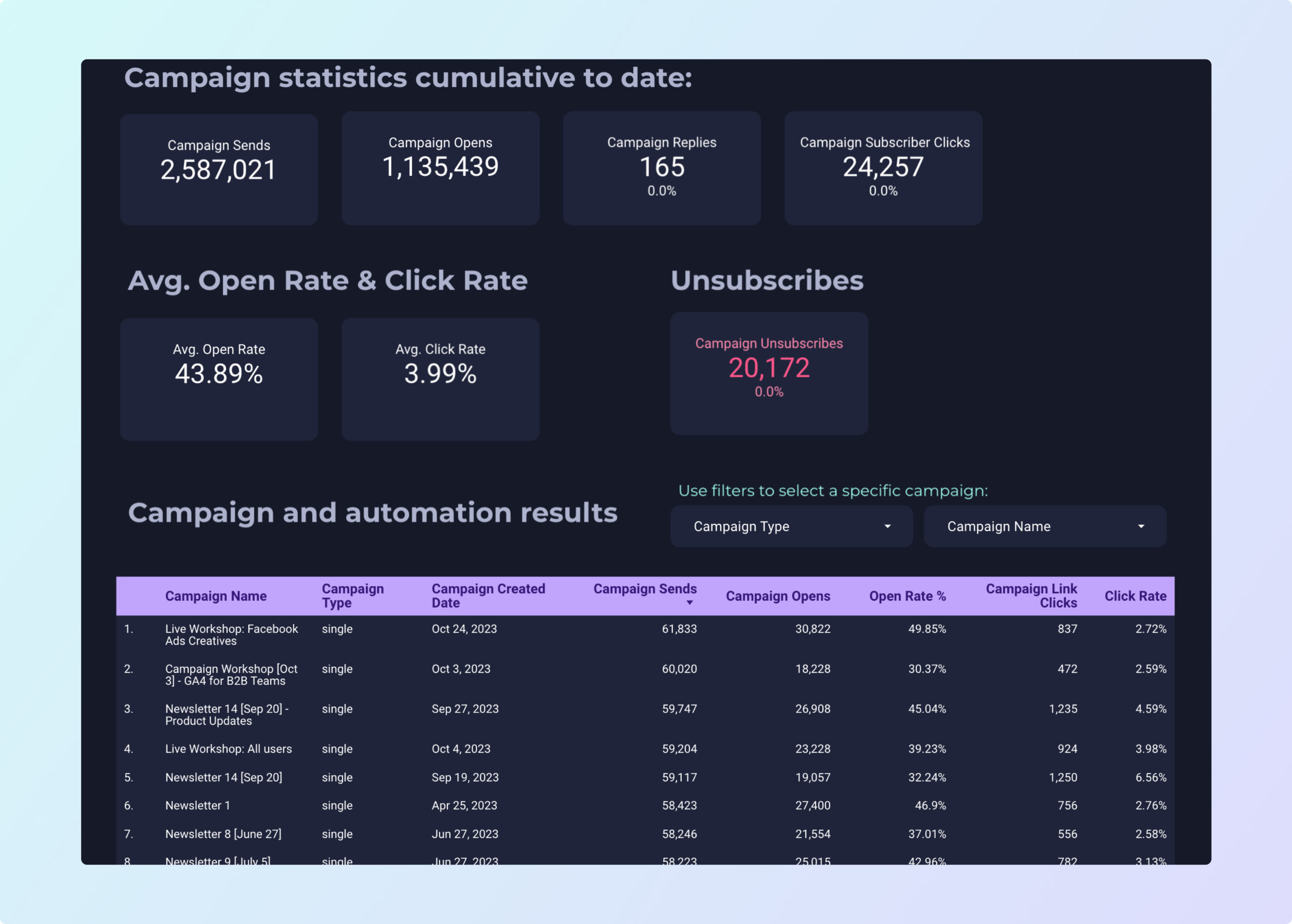
ActiveCampaign Report template for Marketing teams and agencies
ActiveCampaign report template: Track key metrics like click-through rate, conversion rate, and ROI. Analyze customer acquisition cost and average order value. Segment by audience, campaign objectives, and timeline. Ideal for B2B, CRM, and email marketing teams seeking actionable insights through automation.
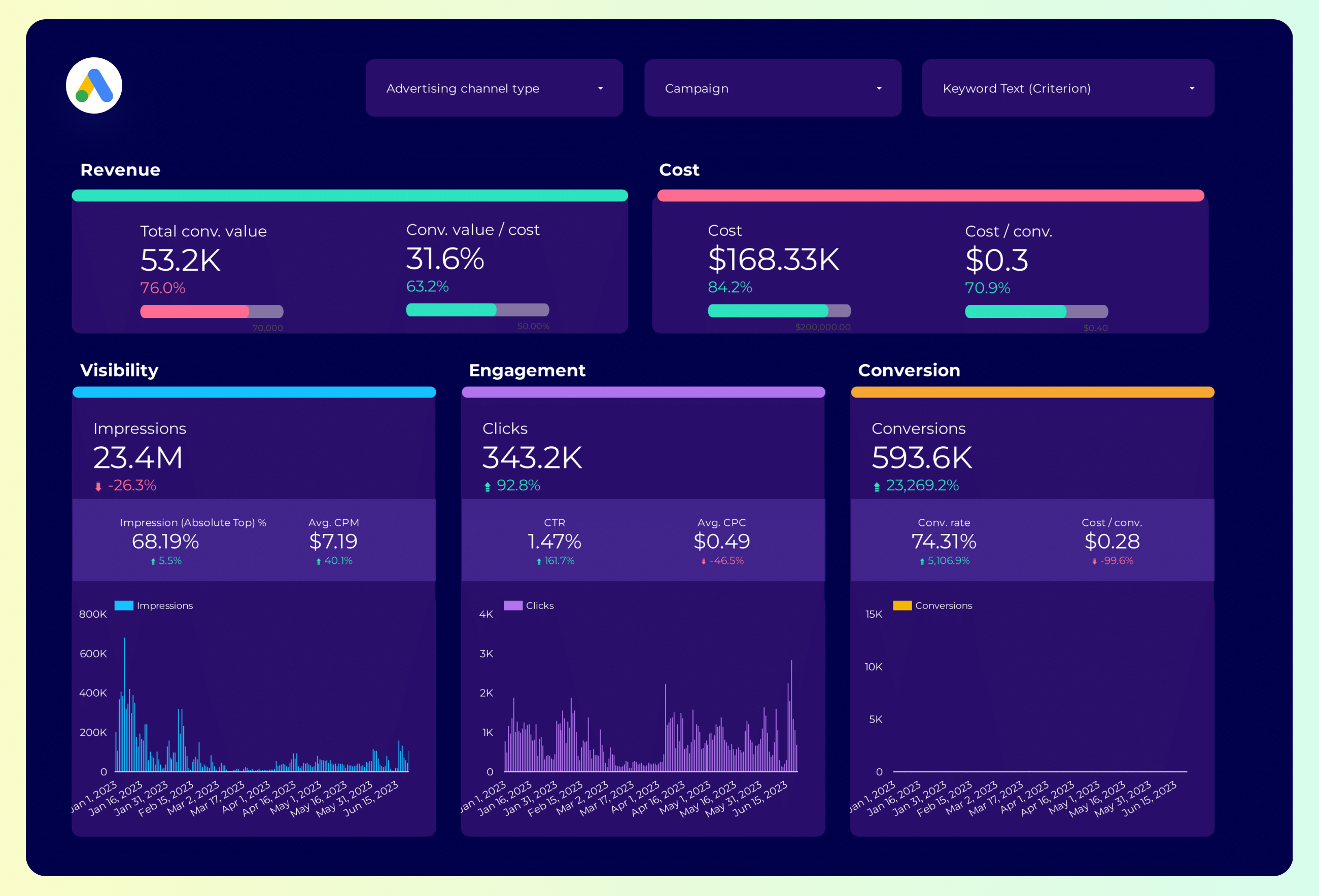
Google Ads Report template for Marketing teams and agencies
Optimize your PPC strategy with this Google Ads report template. Track conversion rate, cost per conversion, and CTR. Analyze by campaign type, audience, and time. Perfect for marketing teams to measure performance and align with objectives. Consolidate data from Google Ads and Paid Media for actionable insights and enhanced campaign management.
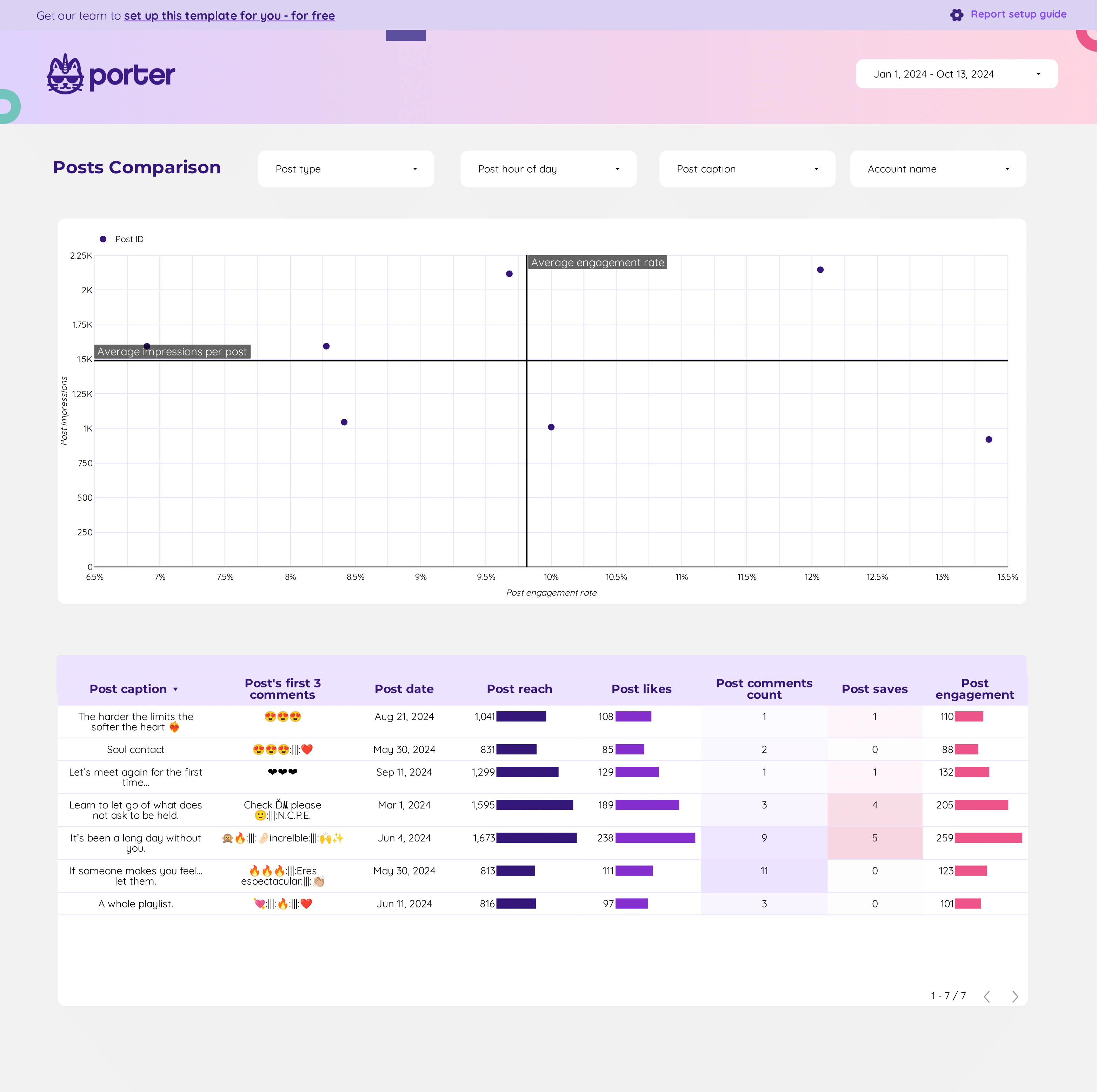
Content performance Report template for Marketing teams and agencies
Optimize your social media strategy with the Content performance report template. Track conversion rates, engagement, and audience demographics using data from Google Analytics 4, Instagram Insights, and Facebook Insights. Analyze key metrics by campaign, duration, and time. Perfect for marketing teams to measure performance and achieve objectives efficiently.
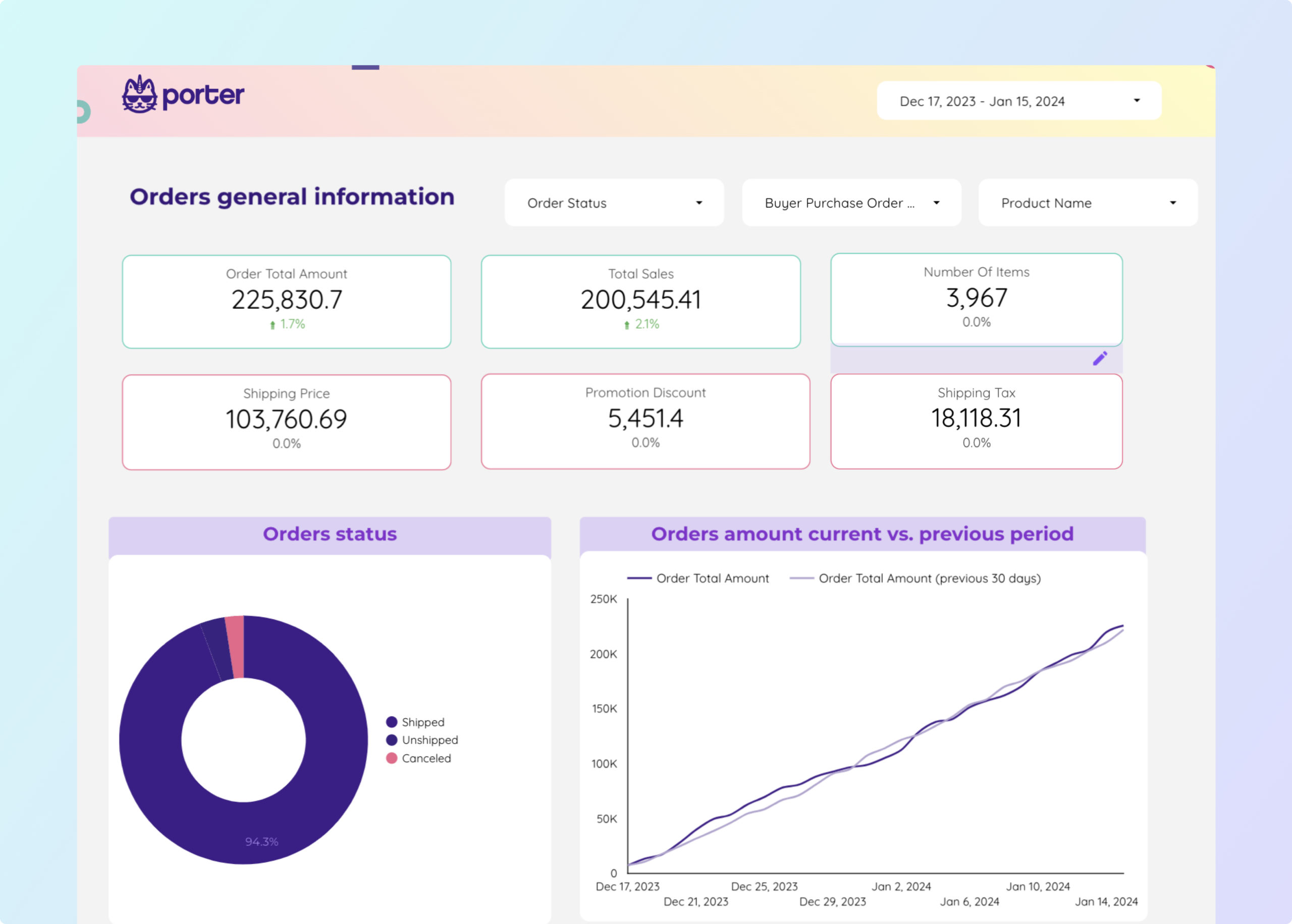
Amazon Seller Central Report template for Marketing teams and agencies
Analyze key metrics with this Amazon Seller Central report template. Track GMV, AOV, and CPA. Segment by demographics, ad format, and time. Perfect for e-commerce marketing teams to consolidate data from Amazon Seller Central. Optimize performance and refine strategies for targeted audiences. Measure success across platforms efficiently.
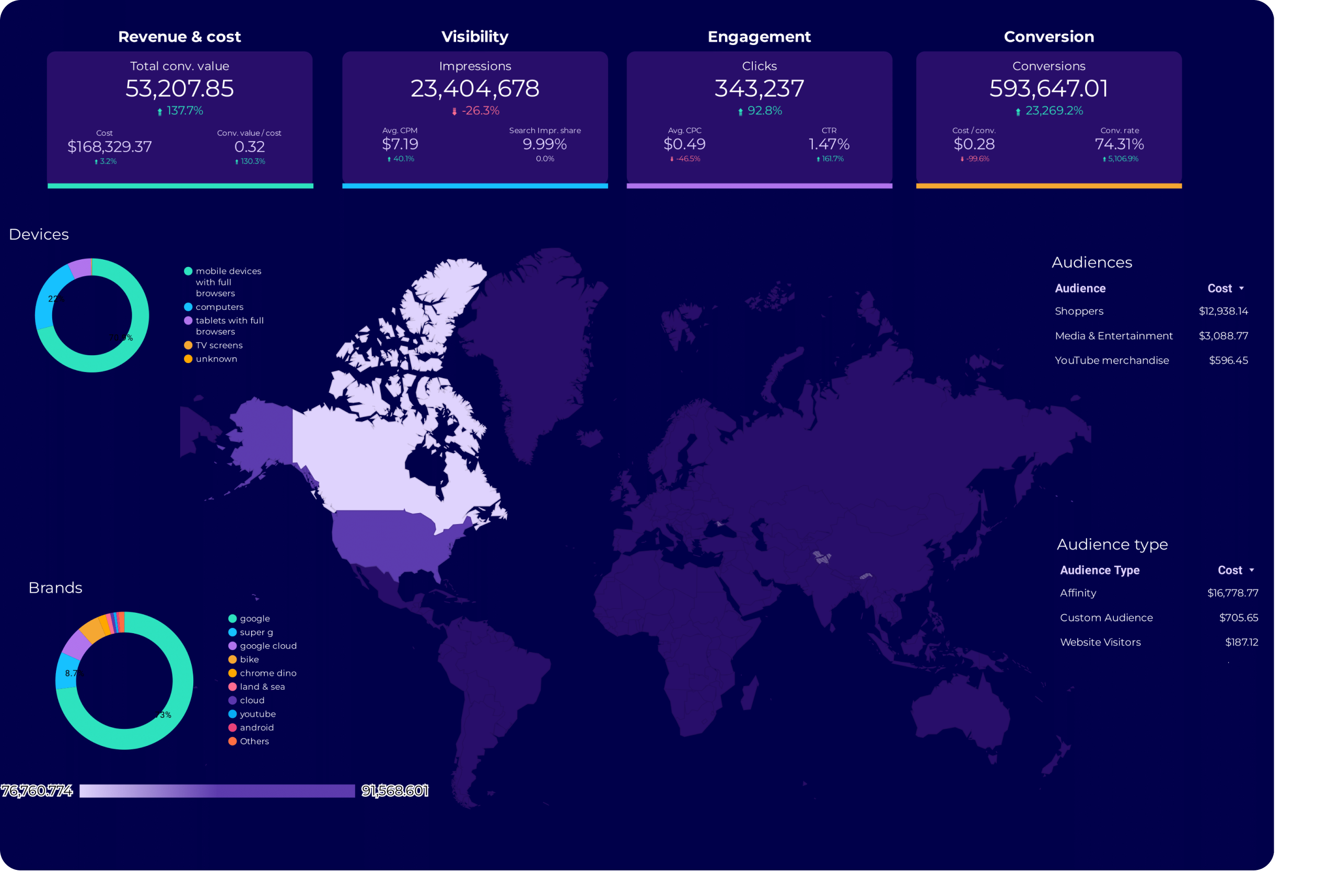
Google Ads Audience Report template for Marketing teams and agencies
Analyze key metrics such as conversion rate, CTR, and engagement with this Google Ads Audience report template. Track audience segments and campaign types over various timeframes. Designed for PPC specialists to measure performance and refine strategies using data from Google Ads and Paid Media.

Instagram Insights Reels Report template for Marketing teams and agencies
Optimize your strategy with the Instagram Insights Reels report template. Analyze CTR, conversion rate, AOV, impressions, and reach. Segment by audience, media type, and objectives. Access data by hour, day, or year. Perfect for social media marketers to track key metrics and enhance performance using Instagram Insights and social media analytics.
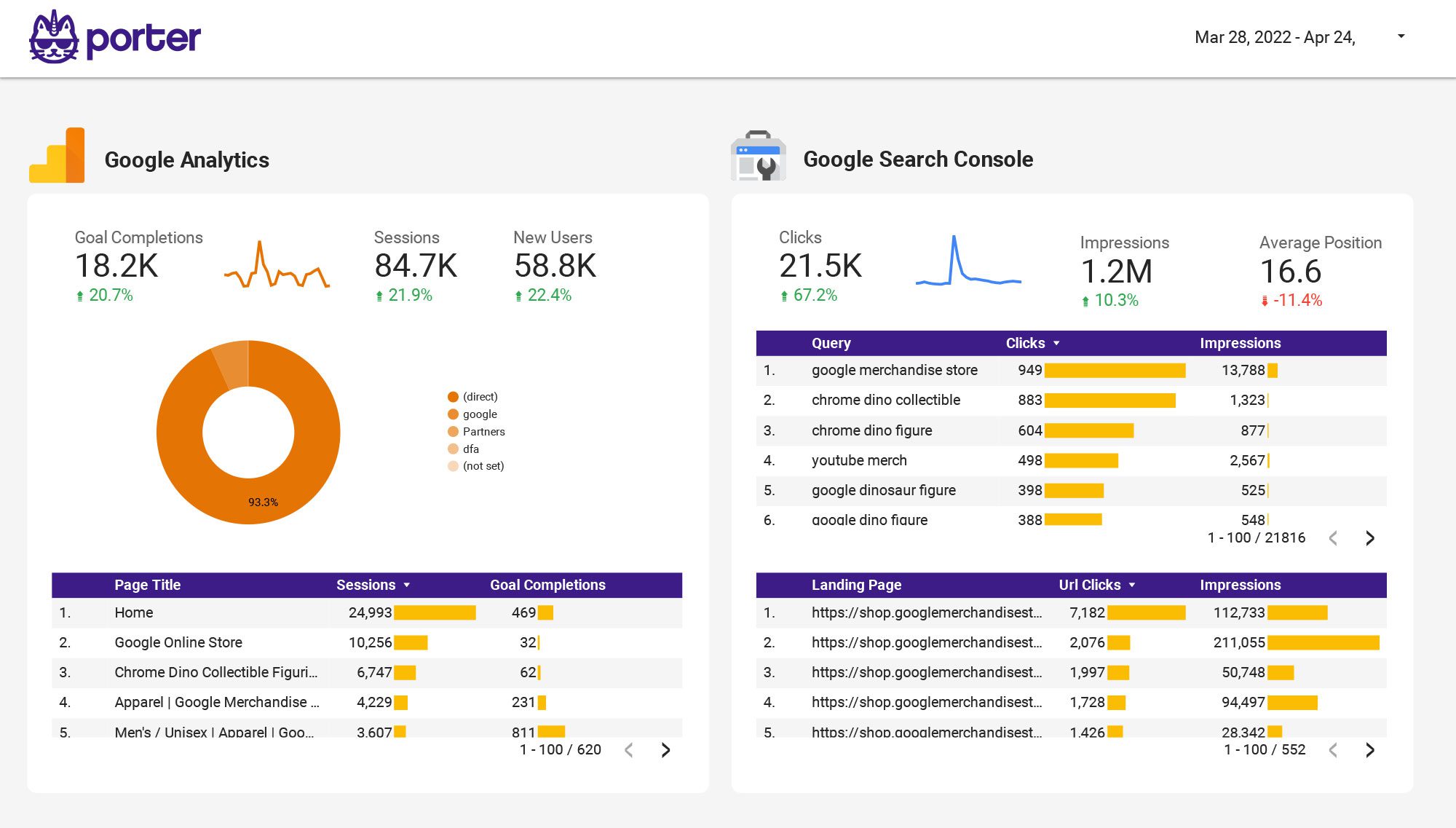
Multi-channel Marketing performance Report template for Marketing teams and agencies
Optimize your strategy with the Multi-channel Marketing performance report template. Track CTR, ROI, and engagement metrics from SEO, Google Analytics 4, Facebook Ads, Instagram Insights, and more. Analyze channel performance and customer engagement by demographics and timeframes. Perfect for marketing teams to measure and improve performance across diverse platforms.
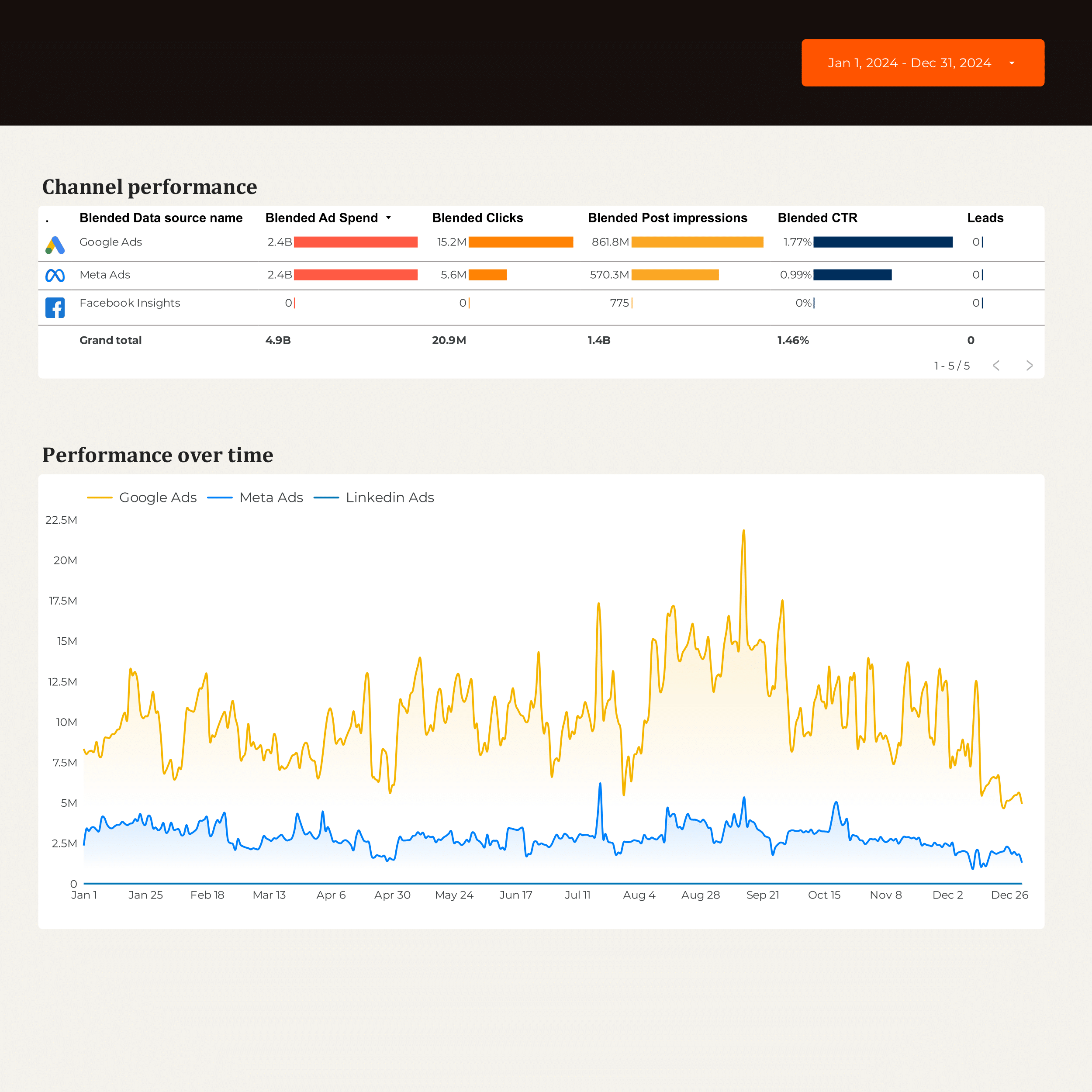
B2B Marketing performance Report template for Marketing teams and agencies
Optimize B2B Marketing performance with this report template. Track metrics like conversion rate, cost per acquisition, and customer lifetime value. Analyze CRM contacts and segment by industry, company size, and location. Ideal for marketing teams to measure and strategize using B2B, CRM, and Email Marketing data sources.
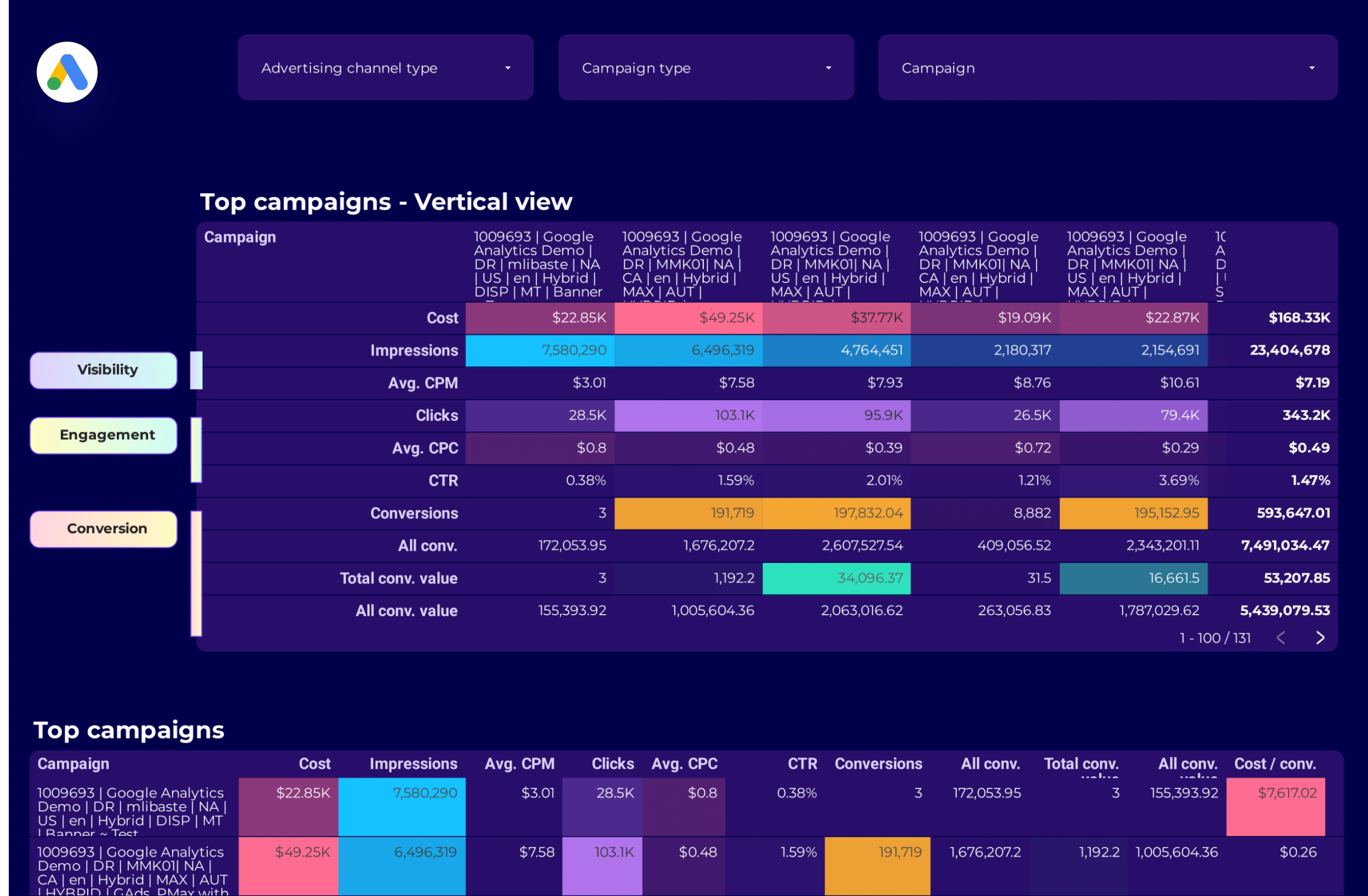
Google Ads Campaign performance Report template for Marketing teams and agencies
Analyze key metrics like conversion rate, CTR, and impressions with this Google Ads Campaign performance report template. Segment by campaign type, audience, and time. Ideal for PPC specialists to track performance and refine paid media strategies. Consolidate data from Google Ads for actionable insights and strategic marketing goals.
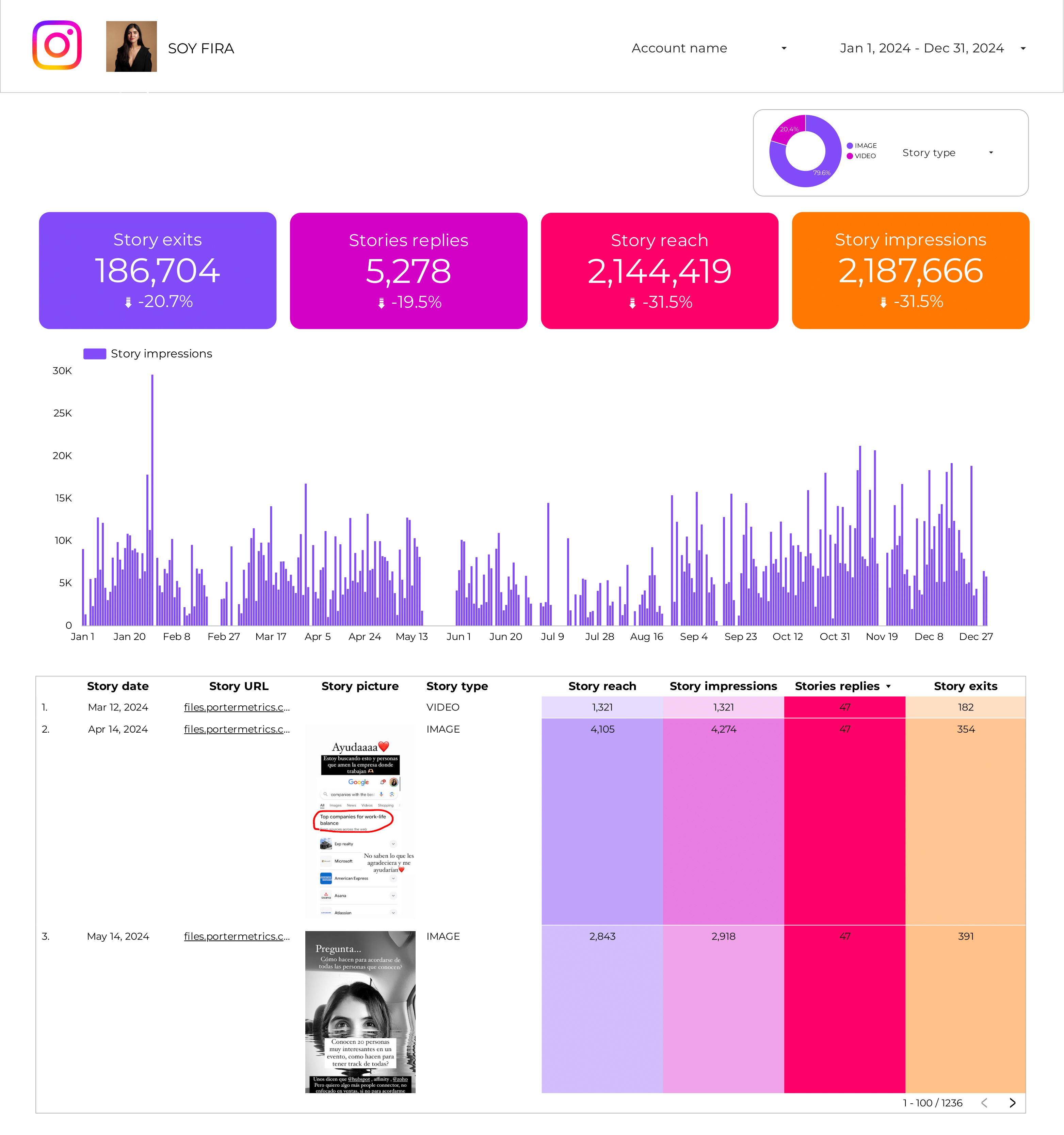
Instagram Insights Stories Report template for Marketing teams and agencies
Analyze key metrics with the Instagram Insights Stories report template. Track conversion rates, CPA, AOV, likes, shares, comments, impressions, reach, and CTR. Segment by audience, media type, and time. Ideal for marketing teams to consolidate strategies and assess performance using Instagram Insights and social media analytics.
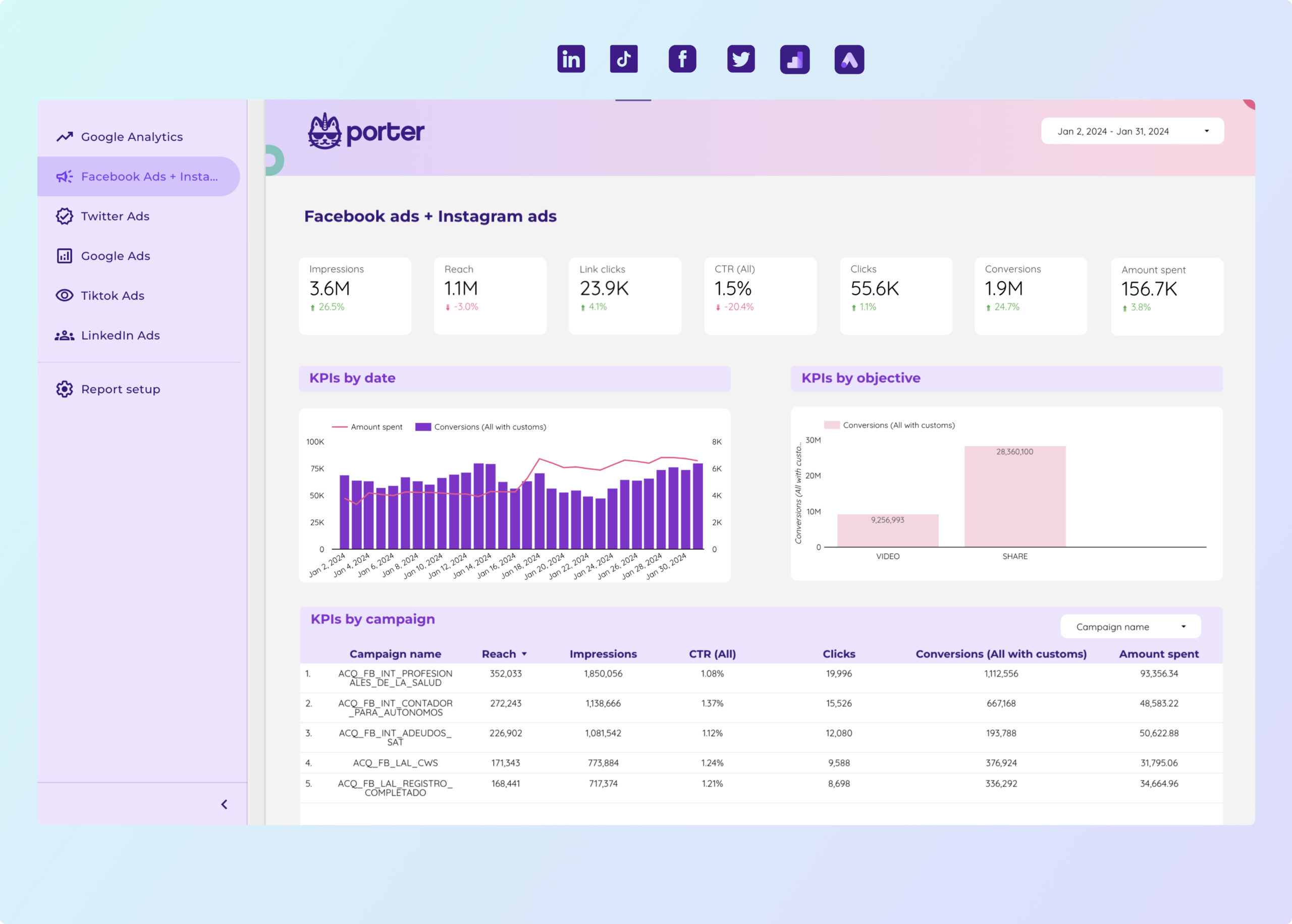
Paid media Report template for Marketing teams and agencies
Analyze key metrics like CTR, conversion rate, and CPA with this Paid media report template. Integrate data from Facebook Ads, TikTok Ads, Google Ads, and more. Segment by location, age, and interests. Ideal for PPC specialists to track performance and refine strategies across platforms using Google Analytics 4.
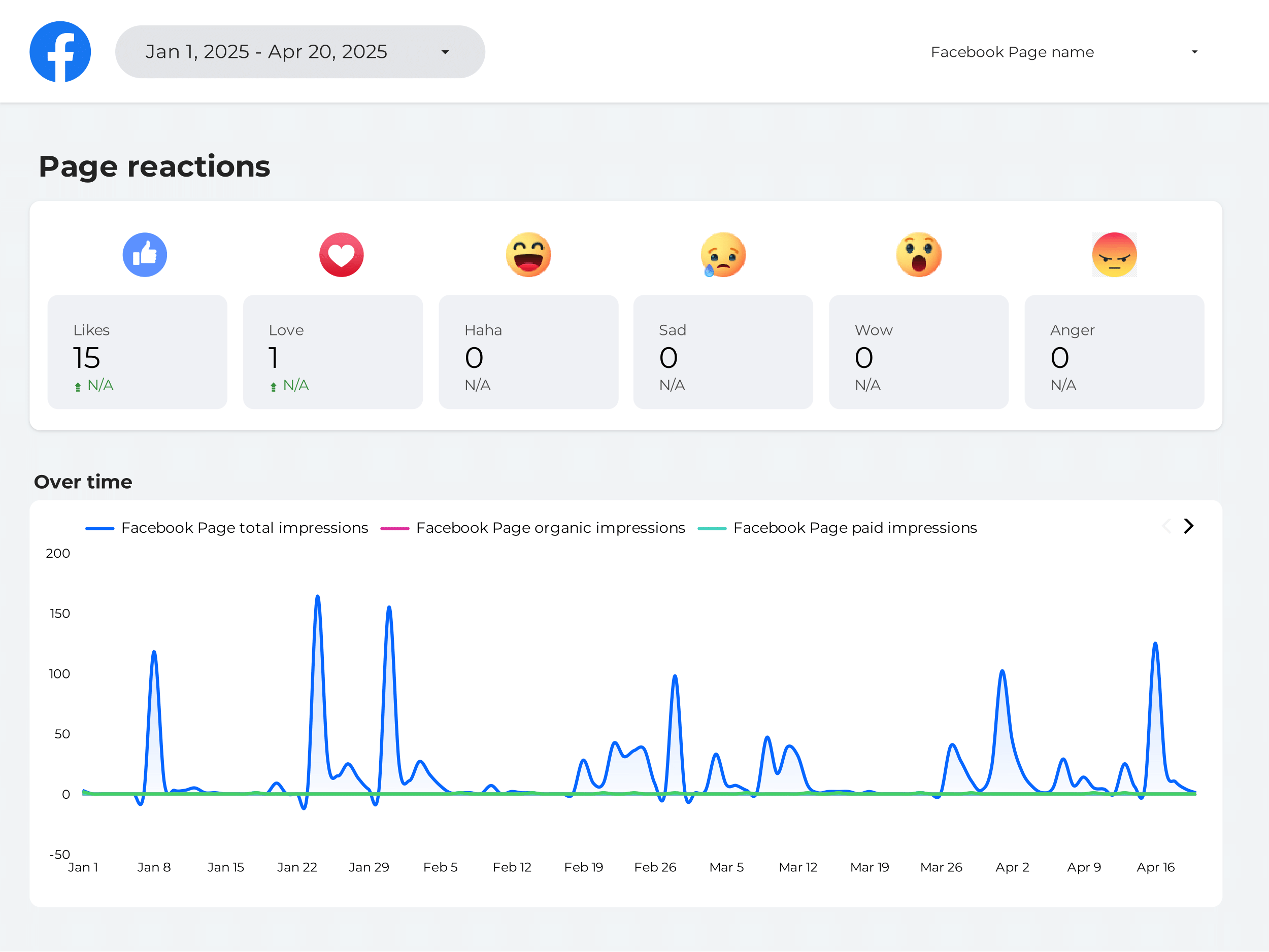
Brand awareness Report template for Marketing teams and agencies
Awareness report template consolidates key metrics like CTR, CPA, and conversion rate from Social Media, Instagram Insights, and LinkedIn Pages. Analyze demographics, psychographics, and behavior over time. Perfect for marketing teams to track performance and strategy, providing actionable insights into audience engagement and organic search ranking.
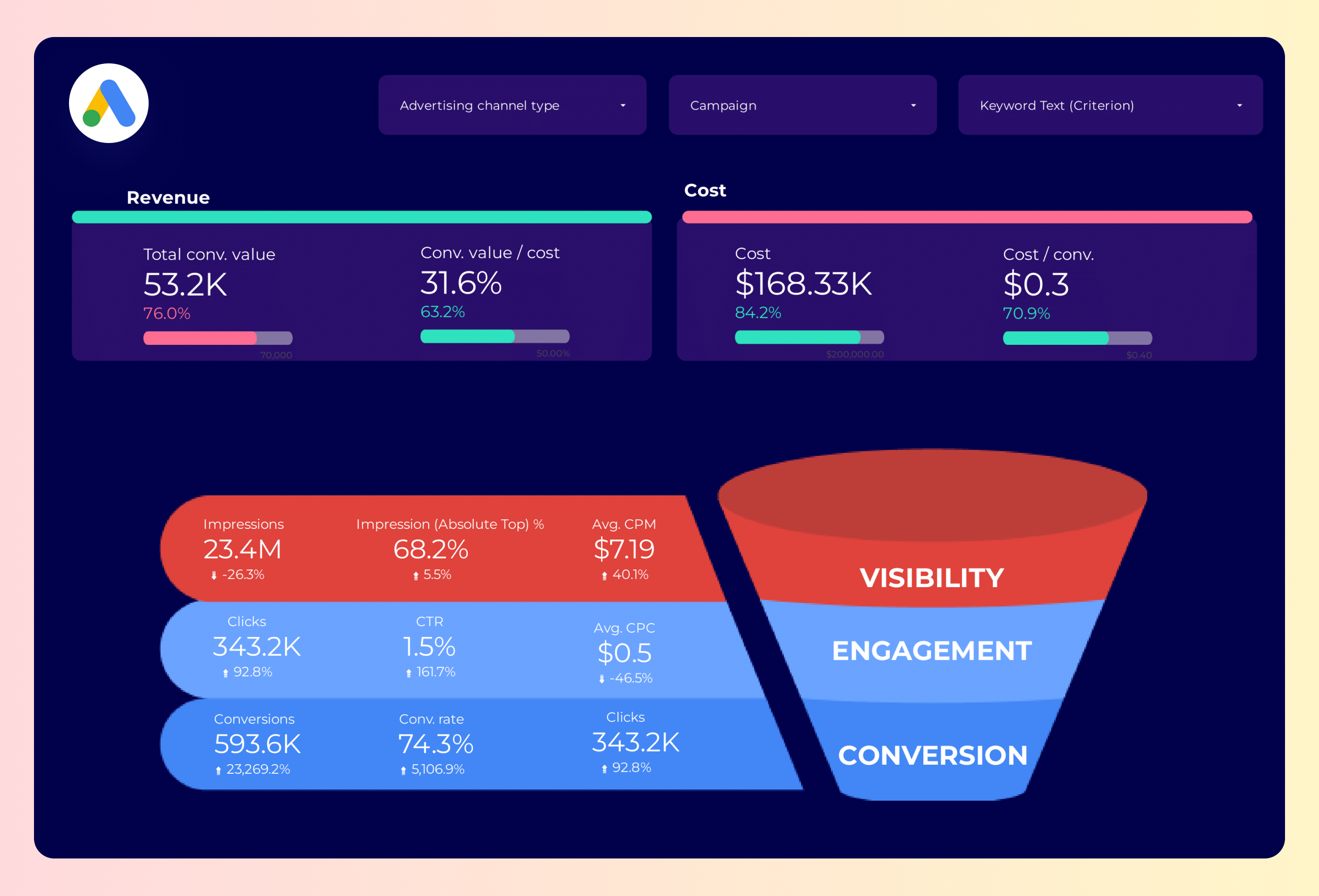
Google Ads Funnel Report template for Marketing teams and agencies
Track key metrics like conversion rate and CTR with the Google Ads Funnel report template. Analyze performance across campaigns, ad groups, and devices. Segment by time and audience type. Perfect for PPC specialists and marketers using Google and Facebook Ads to optimize paid media strategies and achieve specific marketing objectives.
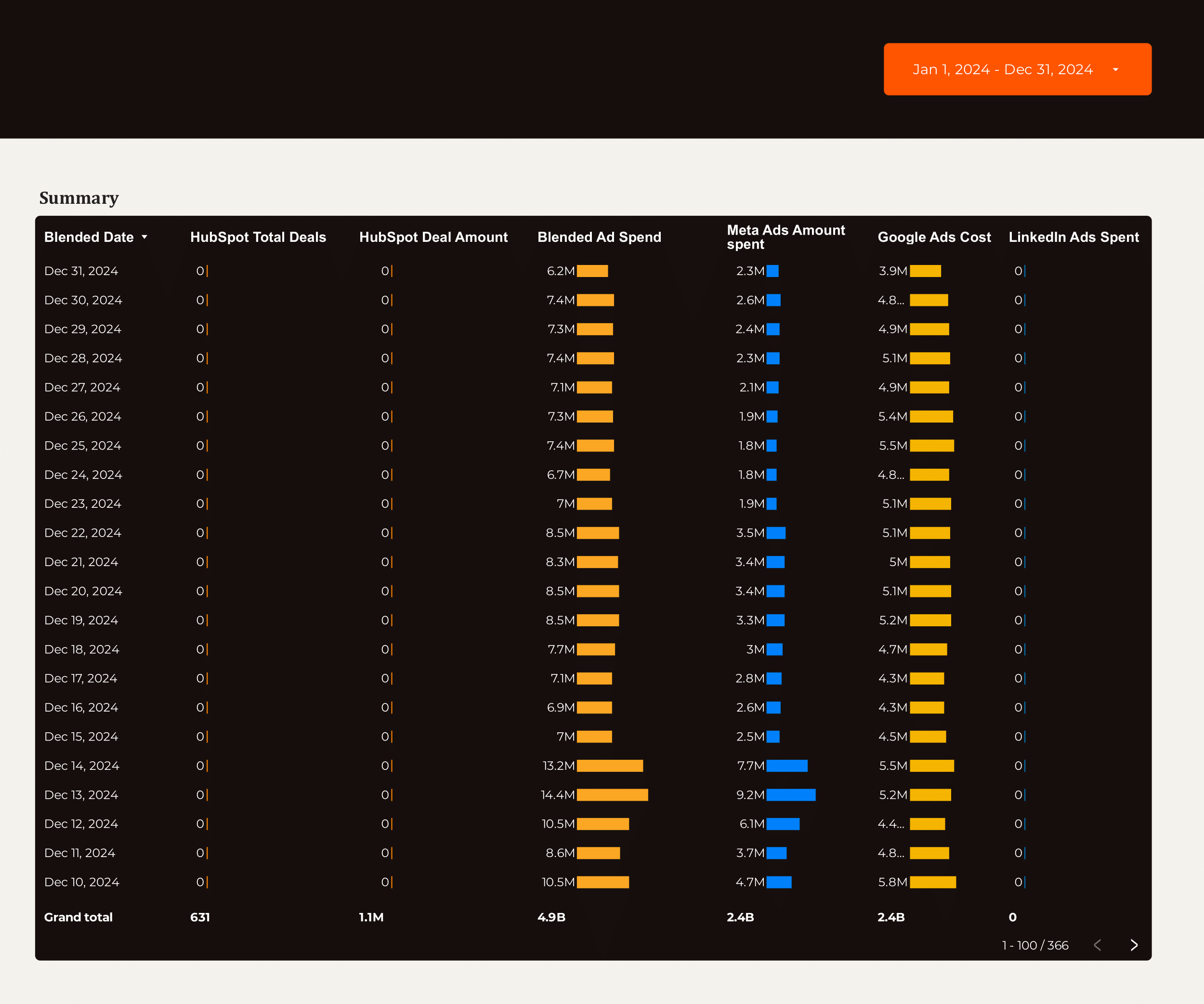
Lead generation Report template for Marketing teams and agencies
Optimize your strategy with the Lead generation report template. Track conversion rates, cost per conversion, and ROI. Analyze B2B, CRM, Email Marketing, and Facebook Ads data. Segment by audience, demographics, and behavior. Measure SQLs, sales cycle length, and CRM contact performance. Ideal for marketing teams seeking actionable insights.
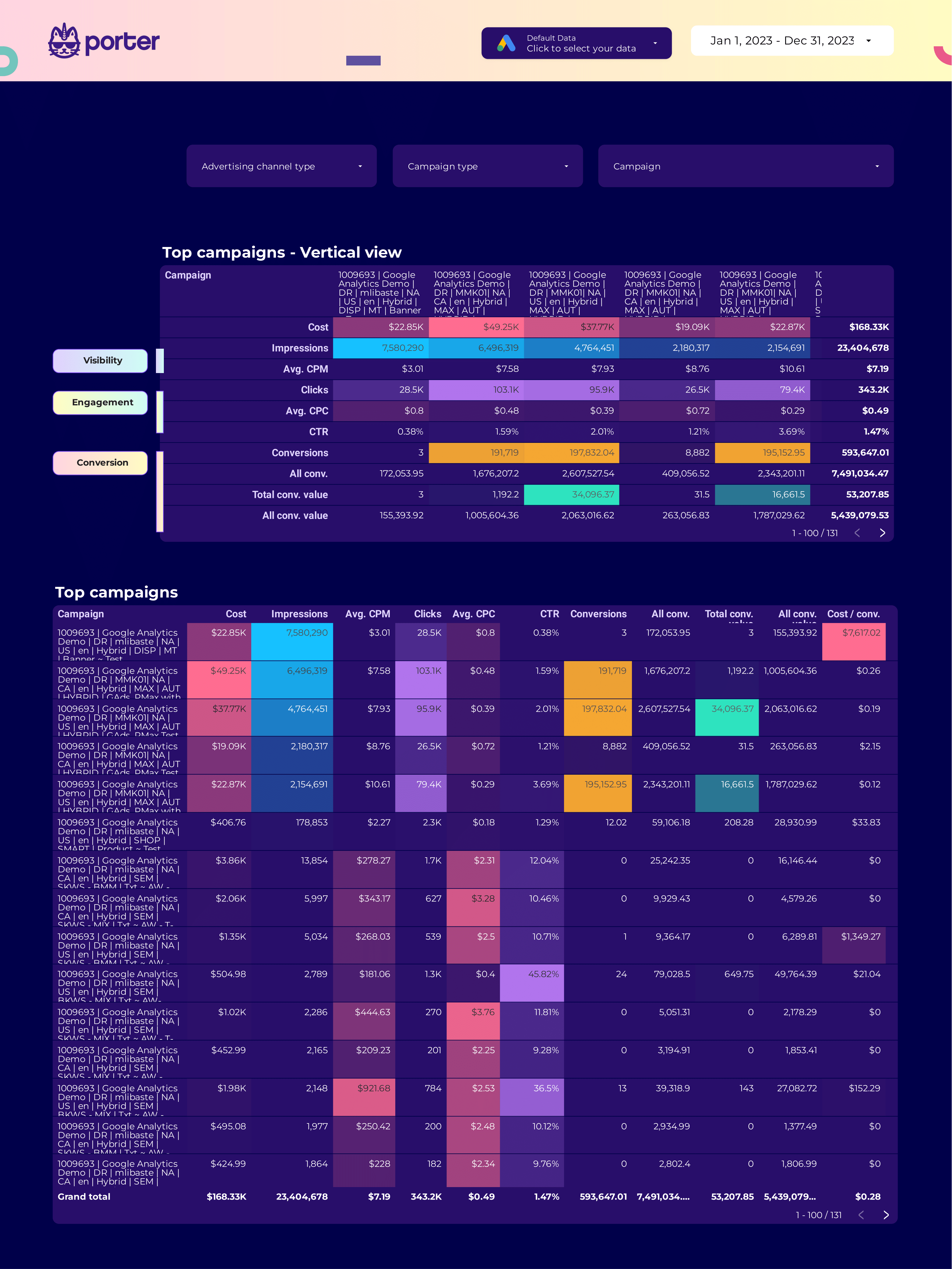
SEM Report template for Marketing teams and agencies
Optimize your SEM strategy with this report template. Analyze cost per conversion, conversion rate, and ROAS. Measure click-through rate, social media engagement, and organic search ranking. Segment by audience, content, platform, and more. Perfect for PPC specialists to track Google Ads and Paid Media performance.

